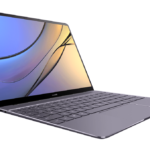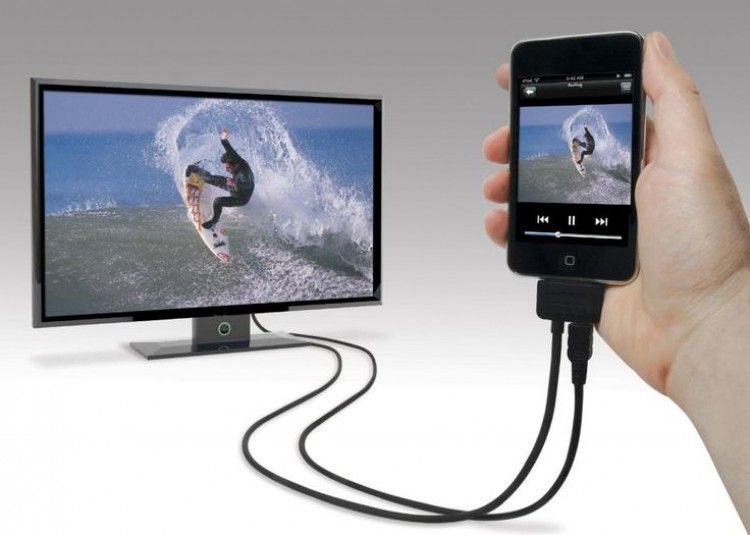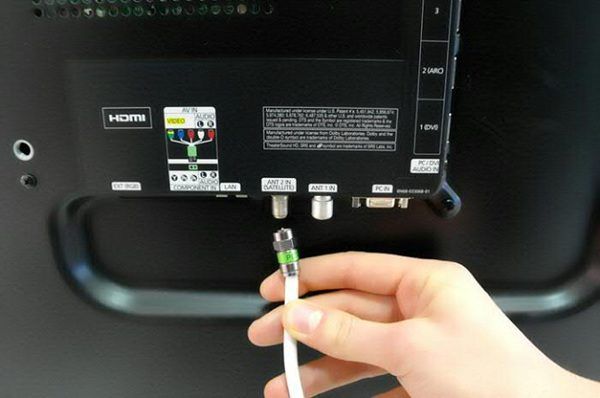Which TV contrast is better?
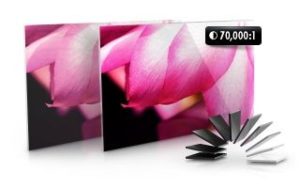 When going to the store in search of a new TV, it would be useful to find out in advance what characteristics you need to pay attention to when choosing it. What is most important to the consumer? Good picture. Its quality is directly related to contrast. This is an important TV picture parameter. To choose the best option from the variety presented, it is important to understand for yourself what contrast is.
When going to the store in search of a new TV, it would be useful to find out in advance what characteristics you need to pay attention to when choosing it. What is most important to the consumer? Good picture. Its quality is directly related to contrast. This is an important TV picture parameter. To choose the best option from the variety presented, it is important to understand for yourself what contrast is.
The content of the article
What is TV contrast, its types
As such, no units have been invented to measure this characteristic. It is expressed in relation to the lightest point (white) to the darkest (black). That is, this value shows how many times the brightest point on the switched-on screen is brighter than the darkest one. The 1500:1 indicator indicates to buyers that this TV model transmits white color one and a half thousand times brighter than black.
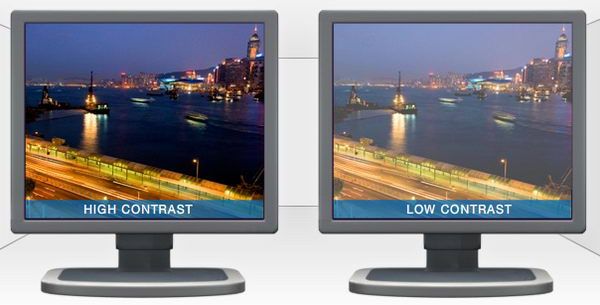
You are unlikely to determine the contrast level by eye in a store; its exact parameters can be seen in the device’s data sheet or checked with the seller. To test screen contrast, special high-precision instruments are used, but keep in mind that for inexpensive fake TV models this characteristic may not be tested and is indicated arbitrarily.
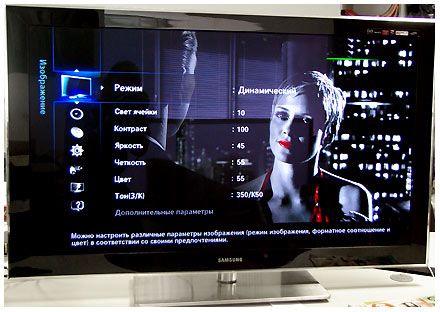
REFERENCE! A contrast ratio higher than 30,000:1 is not perceived by the human eye, so there is no point in buying an expensive model with this indicator in pursuit of image quality.
There are 2 types of contrast:
- Natural (or static). Measured at a specific moment, as if you pressed a freeze frame and compared the brightest and darkest colors in the same display picture.
- Dynamic (DC). Measured in motion. During the film screening, the TV independently regulates the flow of light, reflecting dark and light points, focusing on the features of the changing images on the screen. Smart modern TVs analyze the plot and adapt to it, increasing or decreasing the brightness of the backlight at the right time. When showing a sunny day, the light flux dims, and when showing a night landscape, on the contrary, it increases.
Which TV contrast is better?
Controlling the backlight in modern LCDs allows you to increase DC, but not as noticeably as advertised in TV advertising. In terms of image quality, such TVs are superior to simple models that do not have such a function.
But still, screens with high static contrast are valued higher for picture quality. For comparison, a picture is given - white letters on a black background, with a high level of natural contrast, the letters and the background are the colors that should be in real life, that is, white and black. And on displays that have high dynamic performance, the letters will turn gray. It follows from this that video recording on a TV with a high static contrast ratio will more accurately convey the image with a minimum of halftones. You can appreciate all the advantages of natural color contrast while watching a film in a cinema.
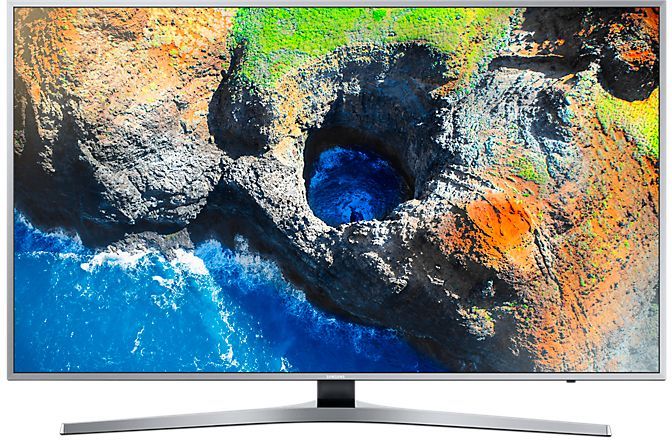
The closest thing to a real vision of the world in terms of contrast was at one time the image of picture tubes of old tube televisions. In the modern world, the palm in natural transmission of the relationship between white and black has been divided among themselves:
- The leader is JVC (D-ILA technology).
- SONY brand devices (SXRD technology).
- New generation TVs with plasma screens.
In recent years, LCD TVs have used LED backlighting with local dimming. This gives good results in increasing the contrast ratio of screens. Due to high costs, the backlight is not full, but side, but this is enough. LED monitors have matrix backlighting, which significantly increases contrast. Therefore, the picture of plasma panels is much brighter and richer than that of their LCD counterparts.
What do the indicators 1200, 3000, 5000 mean?
1200 – low contrast, which is usually what budget TV models have. This means that the darkest area of the picture on the screen will be 1200 times different in brightness from the brightest area. The numbers 3000 and 5000 reflect the same thing. But LCD screens with such contrast ratios show a better picture than the first model.
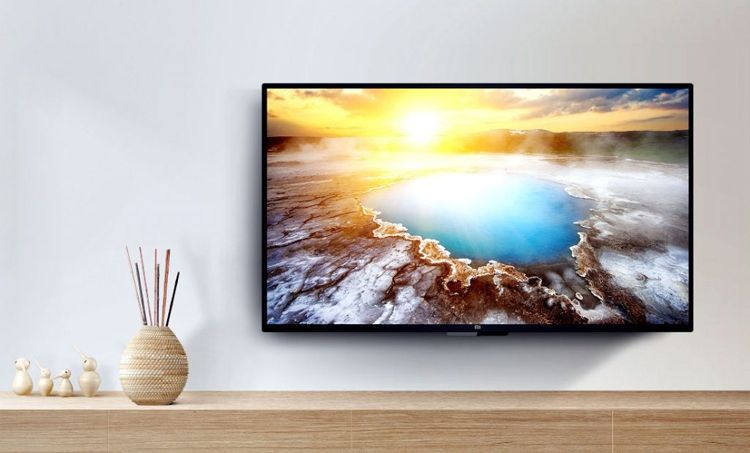
REFERENCE! The indicator 5000 and above has a TV with an average price. For expensive models, indicators start from 20,000:1 and above. But keep in mind that unrealistically high numbers are a publicity stunt.
A clear answer to the question: “Which contrast is better?” No. The perception of the image depends on the settings and conditions in which you are going to watch your new TV. Therefore, first of all, configure the device for yourself - the factory settings are not suitable for everyone.
Keep in mind that depending on what time of day you like to watch TV, you can choose different backlight levels. For housewives who watch TV series and shows during the day, an LCD screen with zonal backlighting is sufficient. But lovers of gothic horror films at night will need a screen with increased contrast to clearly convey dark landscapes.


